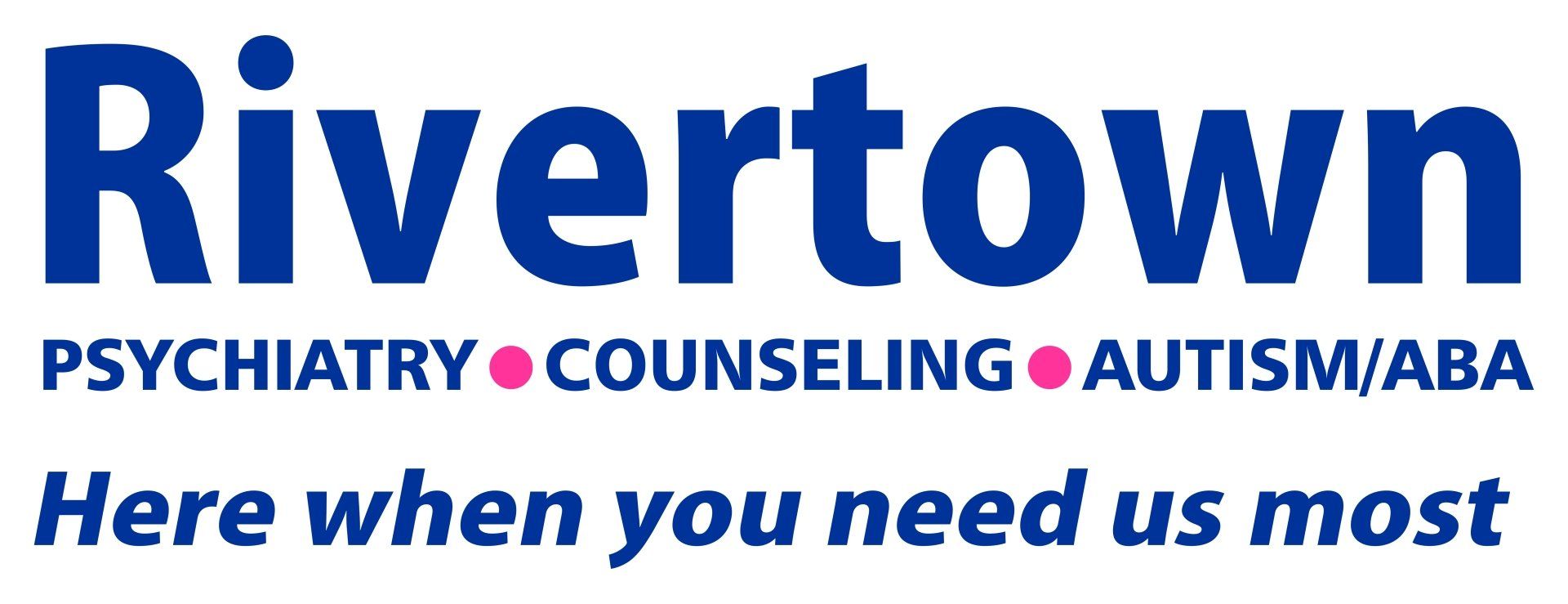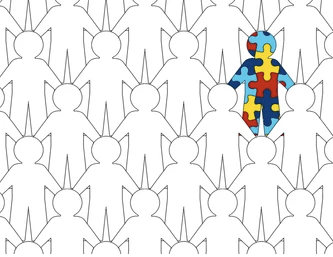ABA FOR AUTISM
Applied Behavior Analysis
THE GOLD STANDARD
Gold Standard in
Autism Treatment
1 on 1 Treatment
With an Autism Specialist
2 to 30 Hours/Week
Depending on Need
Covered by most insurance providers
Click the pictures below to find out what sets us apart
Autism FAQS
- Approximately 1 in 44 children in the U.S. is diagnosed with an autism spectrum disorder
- Most children were still being diagnosed after age 4, though autism can be reliably diagnosed as early as age 2
- Early intervention affords the best opportunity to support healthy development and deliver benefits across the lifespan.
- Anxiety disorders affect an estimated 11 to 40 percent of children and teens on the autism spectrum
- Depression affects an estimated 7% of children and 26% of adults with autism
- Mothers of children with ASD, who tend to serve as the child’s case manager and advocate, are less likely to work outside the home. On average, they work fewer hours per week and earn 56 percent less than mothers of children with no health limitations and 35 percent less than mothers of children with other disabilities or disorders
What is Applied Behavior Analysis?
Applied Behavior Analysis (ABA) is a therapy based on the science of learning and behavior.
ABA helps us to understand
- How behavior works
- How behavior is affected by the environment
- How learning takes place
ABA therapy programs can help
- Increase language and communication skills
- Improve attention, focus, social skills, memory, and academics
- Decrease problem behaviors
Who provides ABA services?
A board-certified behavior analyst (BCBA)
To become a BCBA, one needs to
- Earn a master’s degree or PhD
- Pass a national certification exam
We request that you fill out both the forms below if you are interested in our ABA (Autism) Services
At Rivertown ABA our licensed and qualified BCBA's will provide a detailed assessment and will work with you to design an individualized plan to help your loved one. This plan is then followed and changed if required through the direct therapy phase where your loved on receives 1:1 individual time with a qualified provider till the goals of treatment are achieved.









